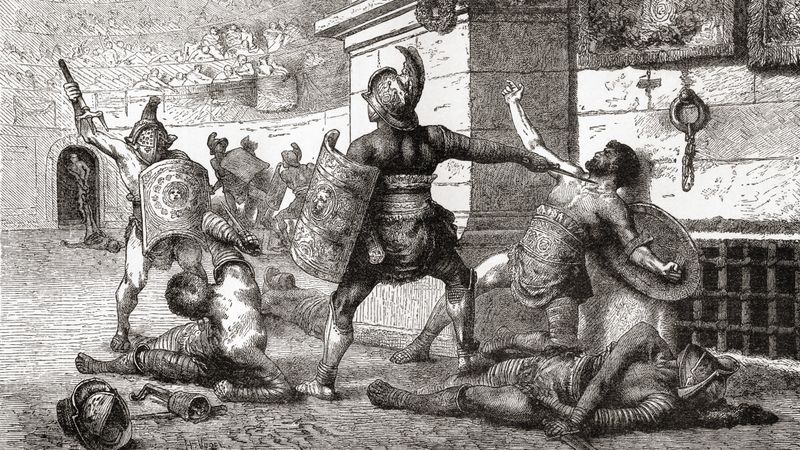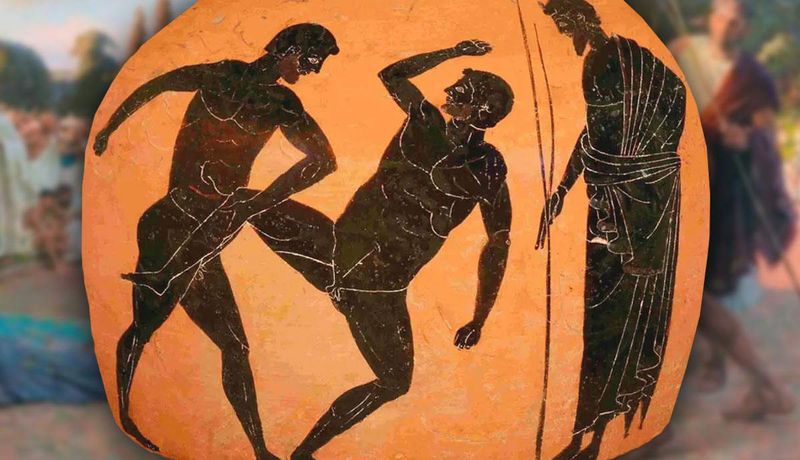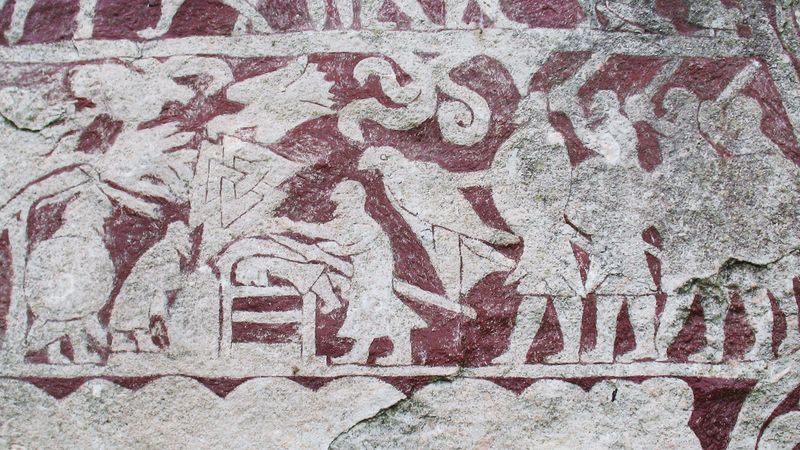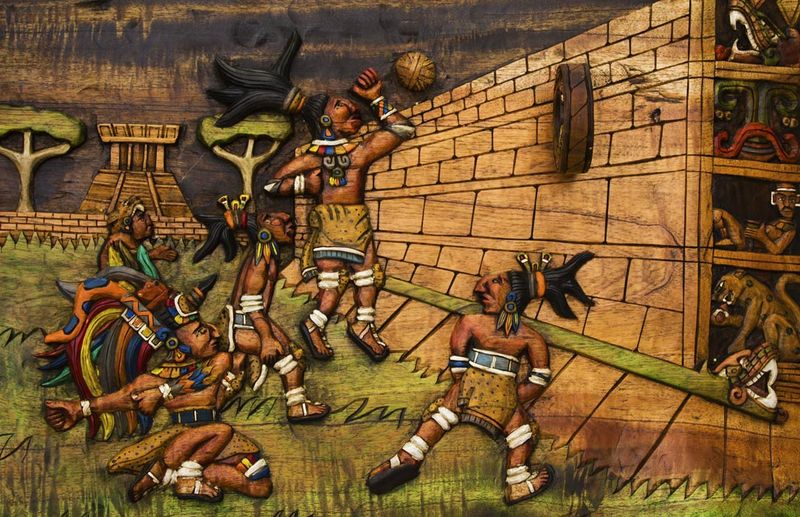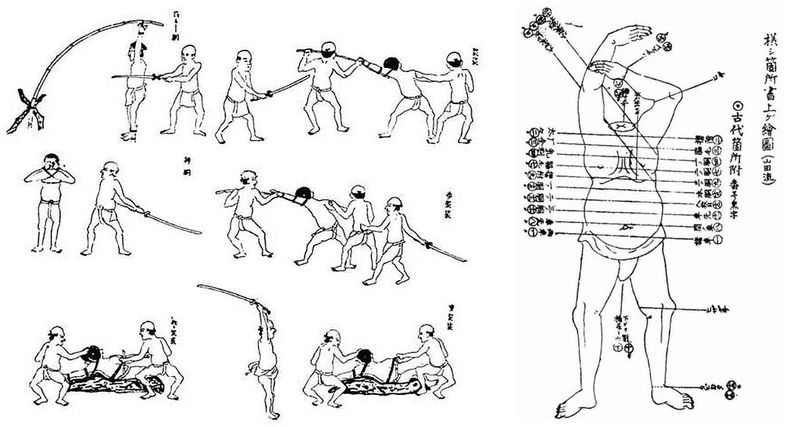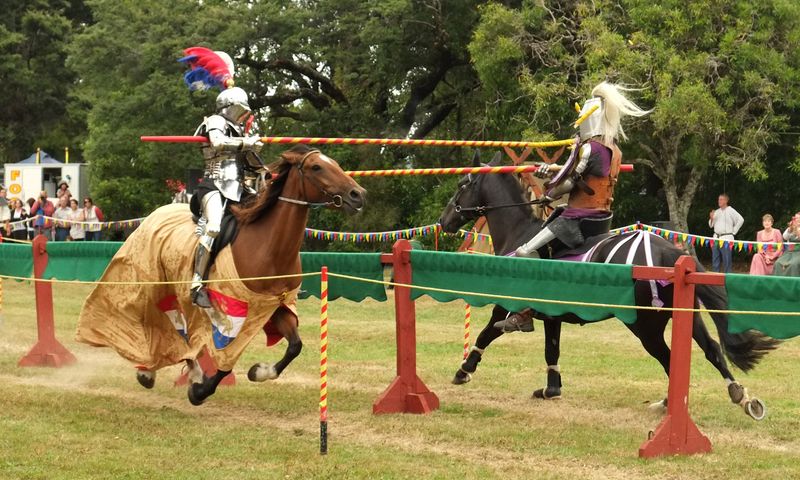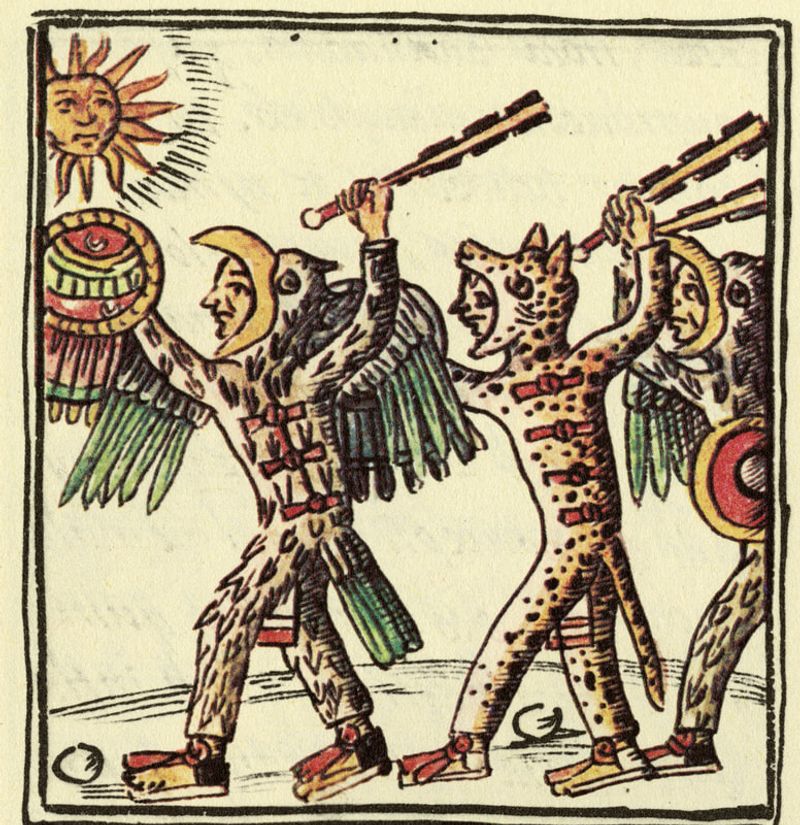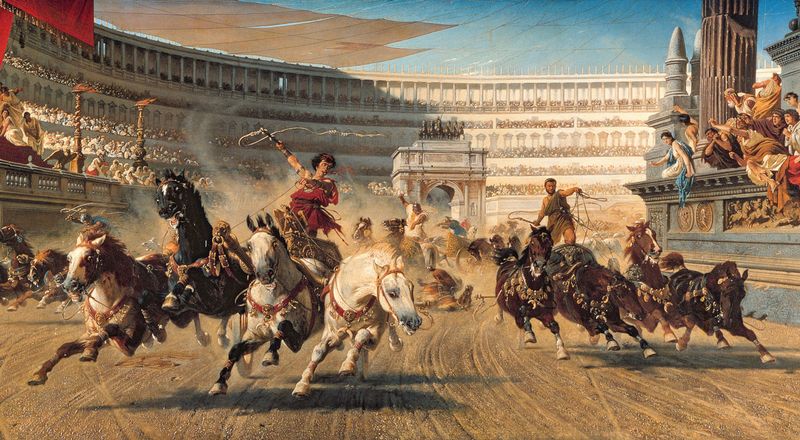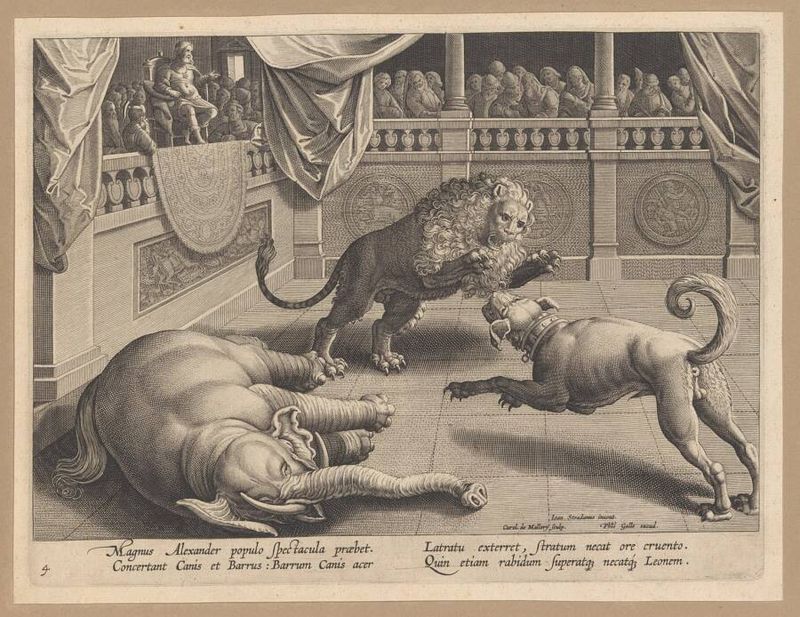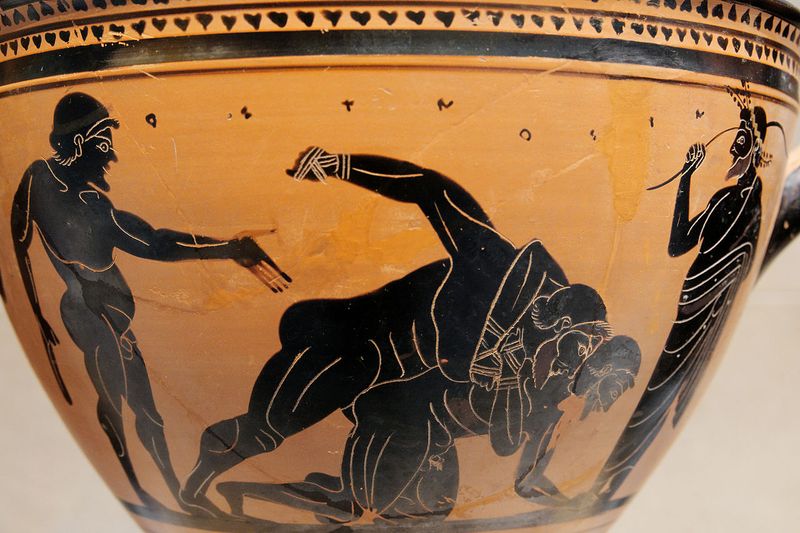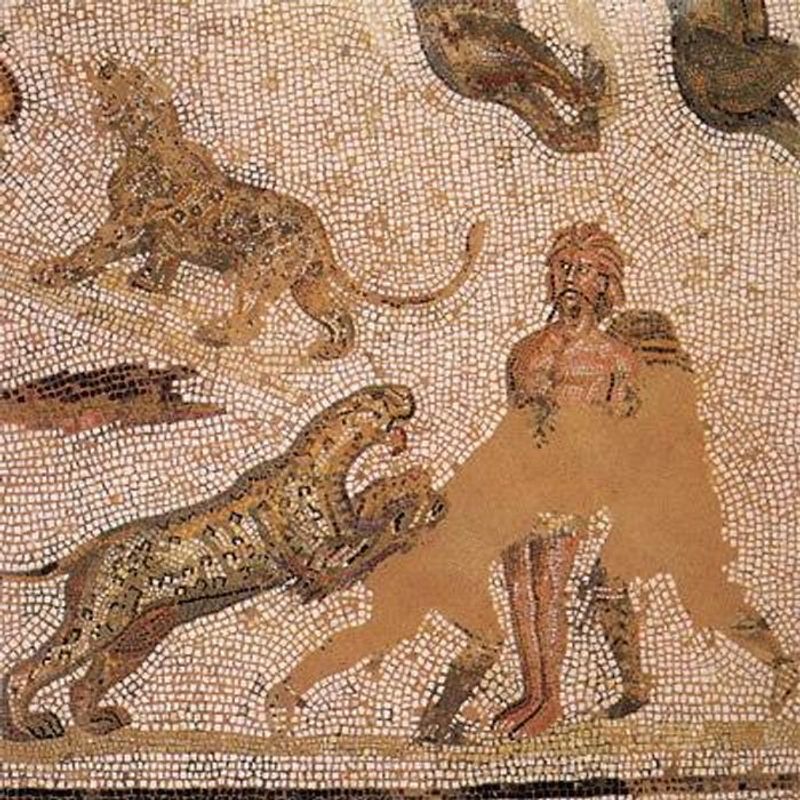Throughout history, sports have not always been about fair play and friendly competition. Many historical sports were brutal, dangerous, and often deadly. These 17 sports, practiced across various cultures and periods, would surely be banned today due to their violent nature and disregard for human life. From ancient Roman arenas to medieval battlefields, these sports reflect a time when entertainment came with a high price.
1. Roman Gladiatorial Combat (Death as Entertainment)
Gladiators, often slaves or prisoners, fought in arenas like the Colosseum for public amusement. The battles were not always to the death, but fatalities were common. These spectacles involved wild beasts, chariots, and gladiators armed with swords and shields. In Roman society, this was considered entertainment. Today, it would equate to murder.
2. Pankration (Ancient Greek “No Rules” Fighting)
Pankration was a brutal martial art combining boxing and wrestling, with minimal rules. Techniques like eye-gouging and bone-breaking were allowed, leading to severe injuries and sometimes death. It was a popular event in the ancient Olympic Games, showcasing the participants’ strength and endurance.
3. Viking “Blood Eagle” Execution (Sport & Ritual)
The blood eagle is a ritual execution described in Norse sagas, though its historical accuracy is debated. It involved carving the victim’s back, breaking the ribs, and pulling the lungs out to resemble wings. Intended as both punishment and spectacle, it reflected the brutal nature of Viking society.
4. Mesoamerican Ballgame (Losers Were Sacrificed)
The ballgame, known as “Pok-a-Tok,” was played across ancient Mesoamerica by the Maya and Aztecs. It involved teams using their hips to pass a rubber ball through stone hoops. Unlike modern sports, the stakes were life and death—the losing team, or sometimes the winners, were sacrificed to appease the gods.
5. Egyptian Javelin Combat (Blunt Force Trauma Sport)
Pharaohs organized javelin battles, where fighters used non-lethal weapons. Despite this, serious injuries and deaths were common. These events were depicted in ancient art, showing warriors bleeding and collapsing. They were more than just sports; they were displays of skill and bravery in Egyptian culture.
6. Roman Naval Battles (Ship Combat in a Flooded Arena)
Roman naval battles, or naumachiae, were dramatic recreations of sea battles staged in arenas like the Colosseum. Real ships and condemned prisoners were used, leading to real casualties. The arena would be flooded to simulate seas, creating an elaborate and deadly spectacle for the audience.
7. Japanese “Tameshigiri” (Test Cutting on Live Prisoners)
Tameshigiri involved samurai testing swords on criminals or corpses to perfect their techniques. It was a gruesome practice, reflecting the importance of swordsmanship in samurai culture. Some schools used live prisoners, making it a terrifying and brutal test.
8. Medieval Jousting (Lances to the Face)
Jousting was a popular medieval sport where knights charged at each other with lances. The goal was to unhorse the opponent, but it often resulted in serious injuries, including impalements and broken bones. It was both a test of skill and a dangerous spectacle.
9. Aztec “Flower Wars” (Mass Captures for Sacrifice)
Flower Wars were staged battles among the Aztecs to capture enemies for sacrifice. These wars were not about conquest but about religious ceremonies. Thousands were captured and sacrificed, demonstrating the Aztecs’ devotion to their gods and the brutality inherent in their warfare.
10. Ancient Egyptian Archery Battles (Live Human Targets)
Archery battles in ancient Egypt were not just about skill but also about intimidation. Pharaohs like Amenhotep II showcased their prowess by shooting arrows through targets with live prisoners behind them. This deadly display was both a demonstration of power and a chilling form of entertainment.
11. Greek Chariot Racing (Deliberate Wrecking Allowed)
Chariot racing was immensely popular in ancient Greece and Rome, known for its speed and danger. Drivers often resorted to sabotage, causing wrecks and trampling opponents. The races were thrilling yet perilous, with many participants and spectators injured or killed.
12. Roman “Venatio” (Mass Animal Slaughter for Fun)
Venatio was a form of entertainment in Roman arenas involving hunts and battles against wild animals. Thousands of animals were killed in single events, showcasing the Romans’ power over nature and their appetite for bloodshed. It was a spectacle of death rather than a sport.
13. English “Bear-Baiting” (Dogs vs. Chained Bears)
Bear-baiting was a popular pastime in Tudor England, where a bear was chained and attacked by dogs. The event was brutal and bloody, often resulting in the bear’s death. Considered entertainment at the time, it reflected the era’s cruel attitudes towards animals.
14. Persian “Polo with Severed Heads”
Persian warriors were known to play polo using the severed heads of their enemies as balls. This gruesome practice was both a form of victory celebration and a way to intimidate foes. Though the game of polo evolved into a civilized sport, its origins were far darker.
15. Ancient Greek “Diaulos” (Naked Combat in Oil & Sand)
Diaulos was an athletic event in ancient Greece where competitors wrestled naked, covered in oil and sand. The slippery conditions made the sport physically demanding and dangerous, often resulting in broken bones. It was both a test of strength and an exhibition of endurance.
16. Medieval “Mob Football” (No Rules, Just Chaos)
Mob football was a chaotic and unruly game played in medieval Europe, involving entire villages. There were no clear rules, and the game could last for miles. The lack of structure often led to injuries, riots, and even deaths, making it a dangerous pastime.
17. Roman “Damnatio ad Bestias” (Execution by Wild Beasts)
Damnatio ad Bestias was a form of execution where prisoners were thrown to wild beasts as part of public spectacles. The condemned were often criminals or Christians, and the event was meant to demonstrate the power of the state. It was a gruesome and terrifying form of punishment.

